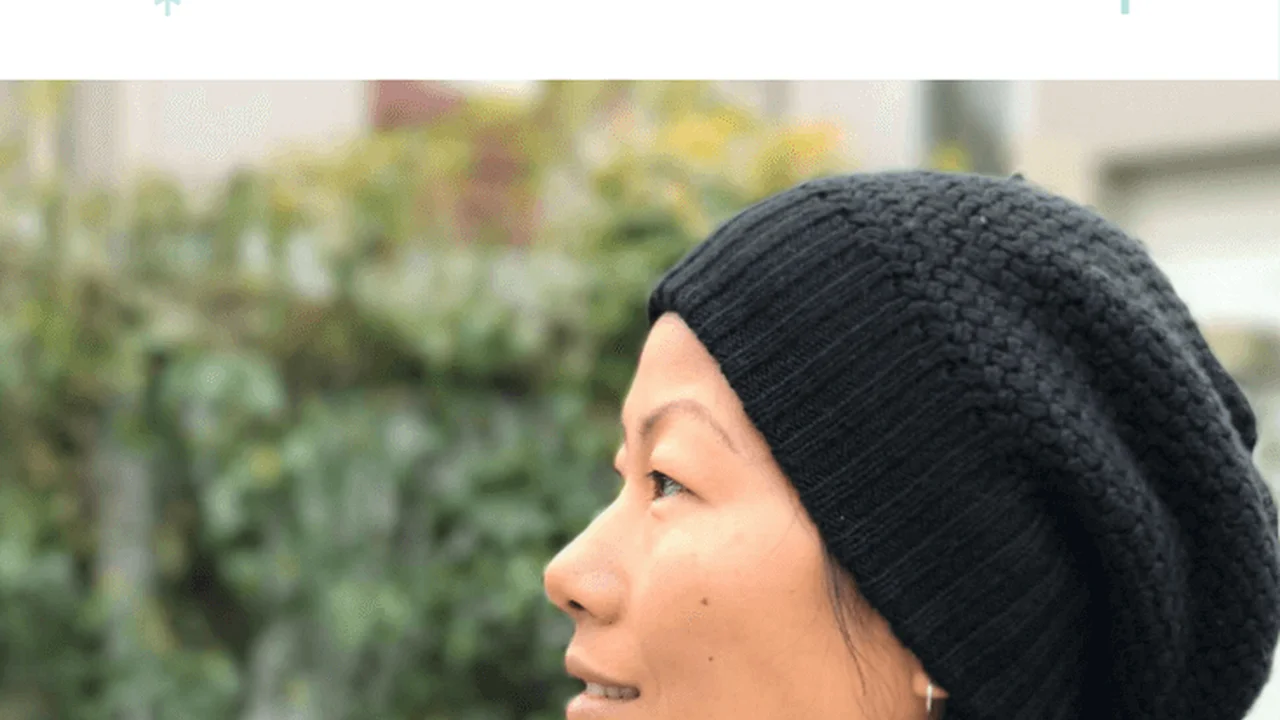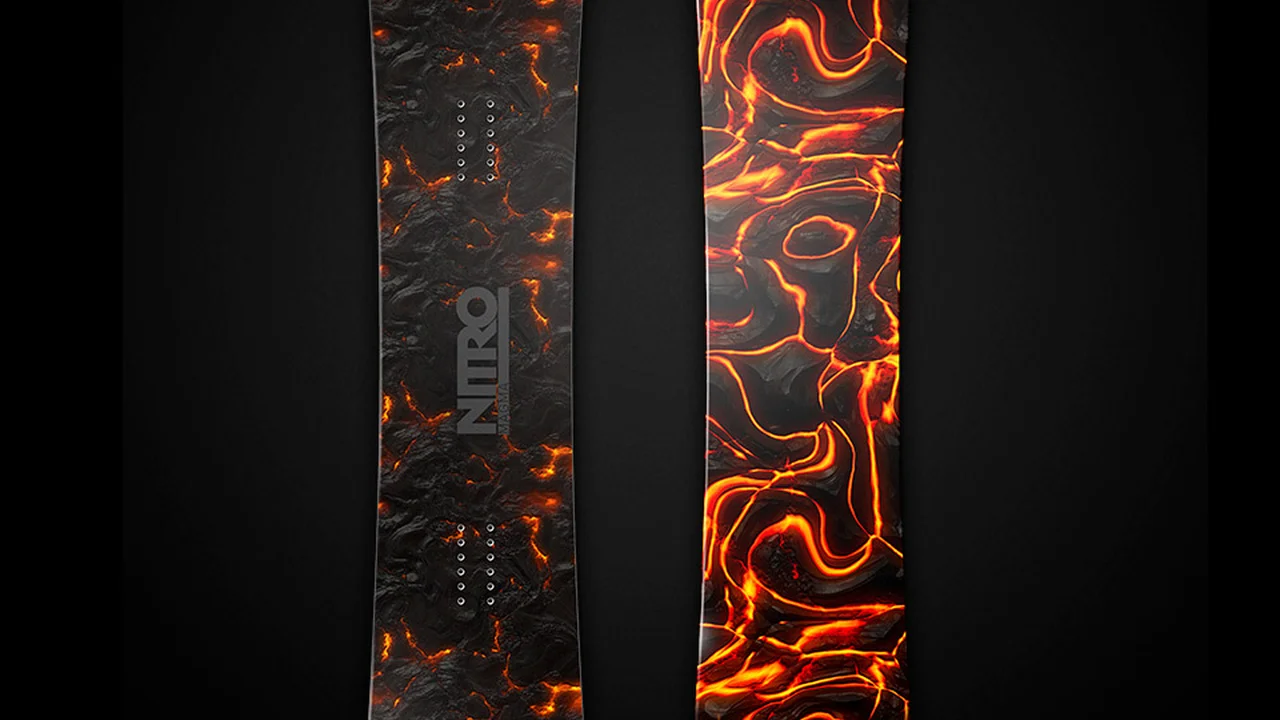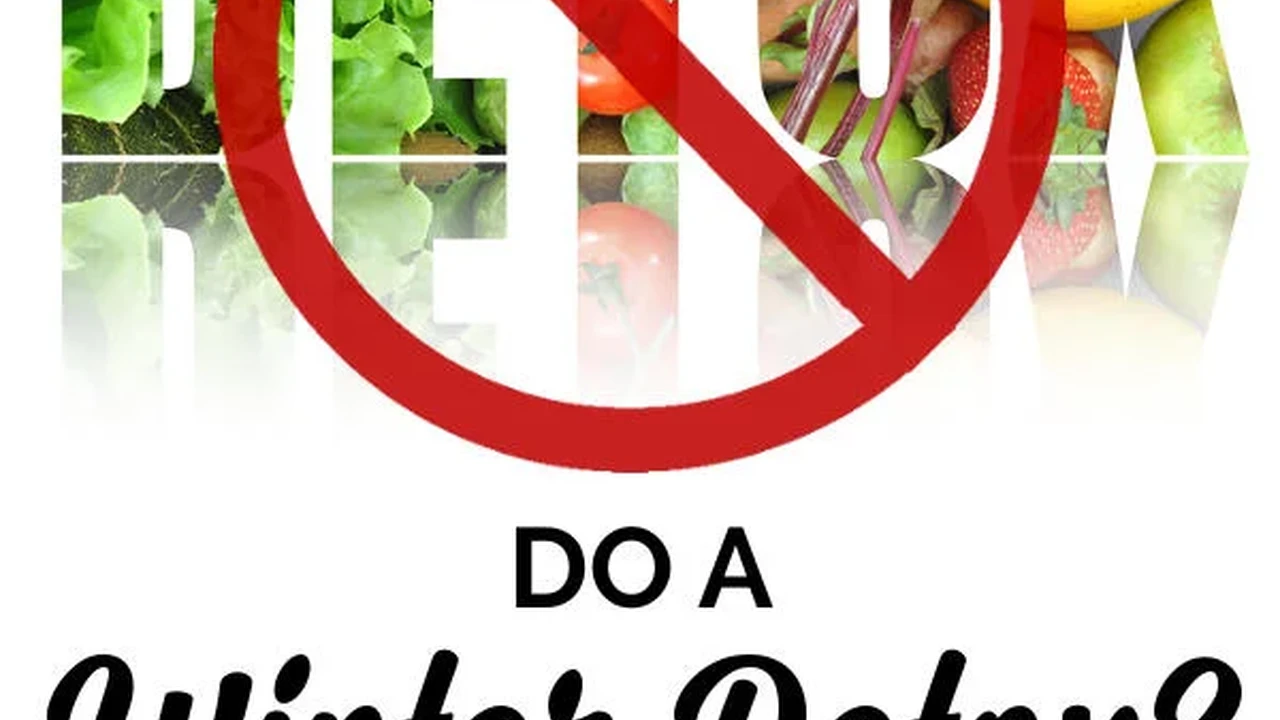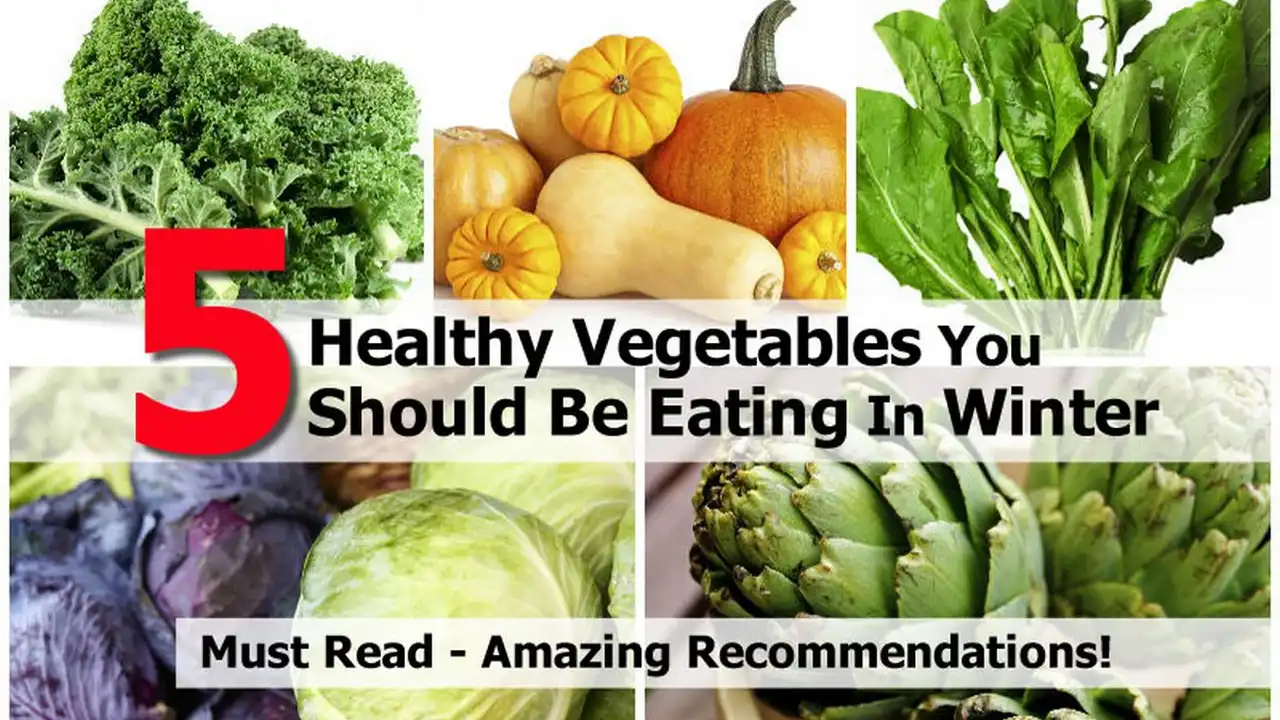
Sun Protection in Snow Your Ultimate Guide
Hey there, winter adventurers! So, you're heading out to hit the slopes, trek through snowy trails, or just enjoy the crisp, white wonderland. That's awesome! But before you strap on your skis or lace up your boots, let's talk about something super important that often gets overlooked: sun protection in the snow. You might think, 'It's cold, it's winter, the sun isn't that strong, right?' Wrong! In fact, the sun's UV rays can be even more intense in snowy environments than they are at the beach in summer. Seriously, it's a real thing, and ignoring it can lead to some nasty sunburns, eye damage, and long-term skin issues. So, let's dive deep into why sun protection in snow is crucial, what you need to do, and some top-notch products to keep you safe and comfortable.
Why Snow Amplifies UV Rays Understanding the Reflection Factor
Okay, let's break down the science a bit, but keep it simple. When you're at sea level, grass and dirt reflect about 10% of UV radiation. Water reflects about 25%. But snow? Snow is a superstar reflector, bouncing back up to 80% of UV rays! That means you're getting hit with UV radiation not just from above, but also from below and all around you. It's like being in a UV oven. Plus, for every 1,000 feet (about 300 meters) you go up in elevation, UV radiation increases by 4% to 5%. So, if you're skiing at a high-altitude resort, you're getting a double whammy of intense UV exposure. This combination of high altitude and reflective snow significantly increases your risk of sunburn, premature aging, and even skin cancer. And don't forget about your eyes – they're just as vulnerable, if not more so, to the damaging effects of UV light, leading to conditions like photokeratitis (snow blindness) and increasing the risk of cataracts down the line. So, yeah, sun protection isn't just for summer; it's a year-round, especially winter, essential.
Essential Sunscreen for Snow Sports Choosing the Right SPF and Formula
When it comes to sunscreen for snow, you can't just grab any old bottle from your summer stash. You need something robust, long-lasting, and designed for extreme conditions. Here's what to look for:
SPF Matters High Protection for High Altitudes
Always go for an SPF of 30 or higher. SPF 50+ is even better, especially if you're spending extended time outdoors or at higher elevations. Remember, SPF 30 blocks about 97% of UVB rays, while SPF 50 blocks about 98%. That seemingly small difference can be significant over hours of exposure.
Broad Spectrum Protection UVA and UVB Defense
Make sure your sunscreen is 'broad-spectrum.' This means it protects against both UVA and UVB rays. UVB rays are the primary cause of sunburn, while UVA rays contribute to skin aging and can also cause sunburn. You need protection from both.
Water Resistant and Sweat Proof Formulas for Active Days
You'll be sweating, even in cold weather, and potentially getting snow on your face. A water-resistant or sweat-proof formula is crucial to ensure your protection doesn't wash away. Look for labels that say 'water resistant for 80 minutes' or '40 minutes.' Reapplication is still key, but these formulas offer better staying power.
Physical vs Chemical Sunscreens Mineral vs Chemical Filters
You've got two main types: physical (mineral) and chemical. Physical sunscreens use zinc oxide and titanium dioxide to create a barrier that reflects UV rays. They're often thicker but are generally good for sensitive skin. Chemical sunscreens absorb UV rays and convert them into heat. They tend to be lighter and easier to rub in. For snow, many people prefer physical sunscreens because they offer immediate protection upon application and are less likely to sting if they get into your eyes from sweat. However, modern chemical sunscreens are also very effective. It really comes down to personal preference and skin sensitivity.
Specific Product Recommendations for Sunscreen
EltaMD UV Clear Broad-Spectrum SPF 46
This is a cult favorite for a reason. It's a mineral-based sunscreen (zinc oxide) that's incredibly lightweight, non-comedogenic (won't clog pores), and great for sensitive or acne-prone skin. It blends in beautifully without leaving a white cast, which is a huge plus. It's not specifically marketed for extreme sports, but its gentle yet effective formula makes it a fantastic everyday option for winter activities. It's water-resistant for 40 minutes. Price: Around $37 for 1.7 oz.
Blue Lizard Australian Sunscreen Sport SPF 50+
Blue Lizard is known for its mineral-based formulas and excellent water resistance. This Sport version is SPF 50+ and water-resistant for 80 minutes, making it ideal for long days on the slopes. It uses zinc oxide and titanium dioxide, providing broad-spectrum protection. It's a bit thicker than EltaMD but offers robust protection. Price: Around $20 for 5 oz.
Neutrogena Ultra Sheer Dry-Touch Sunscreen SPF 100+
If you want maximum chemical protection and a super high SPF, this is a solid choice. It's lightweight, non-greasy, and absorbs quickly. While SPF 100+ doesn't offer significantly more protection than SPF 50+, it provides a bit more buffer for those who are extra cautious or have very fair skin. It's water-resistant for 80 minutes. Price: Around $12 for 3 oz.
Supergoop Play Everyday Lotion SPF 50 with Sunflower Extract
Supergoop is all about feel-good, effective sun protection. This chemical sunscreen is SPF 50, broad-spectrum, and water-resistant for 80 minutes. It's hydrating and absorbs quickly without a greasy feel. It's a great all-around option for active individuals. Price: Around $32 for 5.5 oz.
Eye Protection in Snow Goggles and Sunglasses Essentials
Your eyes are just as susceptible to sun damage as your skin, if not more so. Snow blindness (photokeratitis) is a real and painful condition caused by UV exposure to the cornea. Long-term exposure can also contribute to cataracts and other eye issues. So, proper eye protection is non-negotiable.
UV Protection Ratings Look for 100% UV400
Whether you choose sunglasses or goggles, ensure they block 100% of UVA and UVB rays, or are labeled 'UV400.' This is the most crucial factor. Don't just rely on dark lenses; a dark lens without proper UV protection can actually be worse, as it causes your pupils to dilate, letting in more harmful rays.
Lens Tints and VLT (Visible Light Transmission) for Different Conditions
Different lens tints are designed for different light conditions. VLT refers to the percentage of visible light that passes through the lens. A lower VLT means a darker lens, suitable for bright, sunny days. A higher VLT means a lighter lens, better for cloudy or low-light conditions.
- Sunny Days (Low VLT, 5-20%): Dark tints like black, grey, or mirrored lenses are best. They reduce glare and provide maximum protection.
- Partly Cloudy/Variable (Medium VLT, 20-40%): Rose, amber, or brown tints enhance contrast and work well in changing conditions.
- Overcast/Low Light (High VLT, 40-80%+): Yellow, clear, or light rose tints brighten your vision and improve depth perception in flat light.
Many modern goggles come with interchangeable lenses, allowing you to swap them out based on the weather, or photochromic lenses that adjust their tint automatically.
Fit and Coverage Wrap-Around Styles for Maximum Safety
For both sunglasses and goggles, a wrap-around style or a close-fitting design is essential to prevent UV rays from sneaking in from the sides. Goggles offer the best overall protection as they seal around your eyes, preventing wind, snow, and UV from entering.
Specific Product Recommendations for Eye Protection
Oakley Flight Deck L Goggles
Oakley is a leader in eyewear, and the Flight Deck L goggles are a top choice for skiers and snowboarders. They feature Oakley's Prizm lens technology, which enhances contrast and visibility in various light conditions. They offer 100% UV protection and a wide field of view. They come with different Prizm lenses for sunny, cloudy, and low-light conditions, and are easily interchangeable. Price: Around $200-$250.
Smith I/O MAG Goggles
Another fantastic option, the Smith I/O MAG goggles use a magnetic lens change system, making it super easy to swap lenses on the fly. They come with two ChromaPop lenses (one for bright light, one for low light) that enhance natural color and clarity. They also offer 100% UV protection and a comfortable fit. Price: Around $230-$280.
Julbo Explorer 2.0 Sunglasses
If you prefer sunglasses for less intense activities like snowshoeing or winter hiking, the Julbo Explorer 2.0 are specifically designed for mountaineering and high-altitude use. They feature high-quality Spectron or Reactiv (photochromic) lenses that offer 100% UV protection and excellent glare reduction. They also have removable side shields for extra protection from peripheral light. Price: Around $150-$200.
Lip Protection in Snow Don't Forget Your Pout
Your lips are incredibly delicate and prone to sunburn and chapping in cold, windy, and sunny conditions. A good lip balm with SPF is a must-have.
SPF for Lips Minimum SPF 15
Look for a lip balm with at least SPF 15, but SPF 30 or higher is even better. Reapply frequently, especially after eating or drinking.
Moisturizing Ingredients for Chapped Lips
Beyond SPF, choose a balm with moisturizing ingredients like shea butter, beeswax, or vitamin E to prevent and heal chapped lips.
Specific Product Recommendations for Lip Protection
Jack Black Intense Therapy Lip Balm SPF 25
This is a favorite among many for its excellent protection and moisturizing properties. It comes in several flavors and provides SPF 25. It's thick, long-lasting, and really helps prevent chapping. Price: Around $9 for 0.25 oz.
Sun Bum Lip Balm SPF 30
Sun Bum is known for its pleasant scents and effective sun protection. Their lip balm offers SPF 30, is water-resistant, and contains moisturizing ingredients like aloe and vitamin E. Price: Around $4 for 0.15 oz.
Head and Neck Protection in Snow Hats, Balaclavas, and Neck Gaiters
While sunscreen covers exposed skin, a hat, balaclava, or neck gaiter provides an extra layer of physical protection, especially for areas like your ears, scalp, and neck that are often overlooked.
Hats for Scalp and Ear Protection
A warm hat is essential for retaining body heat, but it also protects your scalp and ears from UV rays. Choose one that covers your ears fully.
Balaclavas and Neck Gaiters for Face and Neck Coverage
These are fantastic for covering your lower face, nose, and neck, which are highly exposed to reflected UV from the snow. Look for ones made from breathable, moisture-wicking fabrics that also offer some UV protection (some fabrics are rated UPF).
Specific Product Recommendations for Head and Neck Protection
Buff Original EcoStretch Multifunctional Headwear
Buffs are incredibly versatile. They can be worn as a neck gaiter, balaclava, headband, or hat. The Original EcoStretch offers UPF 50+ sun protection, is moisture-wicking, and made from recycled materials. Price: Around $20.
Outdoor Research Gorilla Balaclava
For serious cold and sun protection, a full balaclava like the Outdoor Research Gorilla Balaclava is excellent. It covers your entire head and neck, leaving only your eyes exposed for goggles. While not specifically UPF rated, the fabric provides a good physical barrier. Price: Around $40.
Reapplication is Key Don't Forget to Top Up
No matter how high the SPF or how water-resistant your sunscreen is, reapplication is absolutely crucial. Sweat, friction from clothing, and simply the passage of time will reduce its effectiveness. Aim to reapply sunscreen every two hours, or more frequently if you're sweating heavily or after a fall in the snow. For lip balm, reapply even more often, especially after eating or drinking.
Beyond the Products Smart Habits for Sun Safety in Snow
Seek Shade When Possible Take a Break Indoors
Even with all the protection, taking breaks indoors, especially during the peak sun hours (10 AM to 4 PM), can significantly reduce your overall UV exposure. Grab a hot chocolate, warm up, and give your skin and eyes a break.
Check the UV Index Stay Informed
Many weather apps and websites provide the UV Index for your location. Pay attention to it! A UV Index of 3-5 is moderate, 6-7 is high, and 8+ is very high to extreme. Adjust your protection strategy based on the UV Index.
Don't Forget Cloudy Days UV Rays Penetrate Clouds
Just because it's cloudy doesn't mean you're safe. Up to 80% of UV rays can penetrate clouds, so you still need full sun protection on overcast days. In fact, sometimes the diffuse light on cloudy days can even increase exposure from multiple angles.
Protect Kids and Babies Start Early
Children's skin is even more sensitive to UV damage. Ensure they are fully protected with appropriate sunscreen, goggles, hats, and protective clothing. For babies under 6 months, keep them out of direct sunlight entirely.
Final Thoughts on Sun Protection in Snow
So, there you have it. Sun protection in snow isn't just a good idea; it's an absolute necessity for anyone spending time outdoors in winter. By understanding the risks, choosing the right products, and practicing smart sun safety habits, you can enjoy all the beauty and thrill of the winter wonderland without compromising your skin and eye health. Don't let a nasty sunburn or snow blindness ruin your adventure. Gear up, slather up, and have an amazing, safe time out there!
:max_bytes(150000):strip_icc()/277019-baked-pork-chops-with-cream-of-mushroom-soup-DDMFS-beauty-4x3-BG-7505-5762b731cf30447d9cbbbbbf387beafa.jpg)






